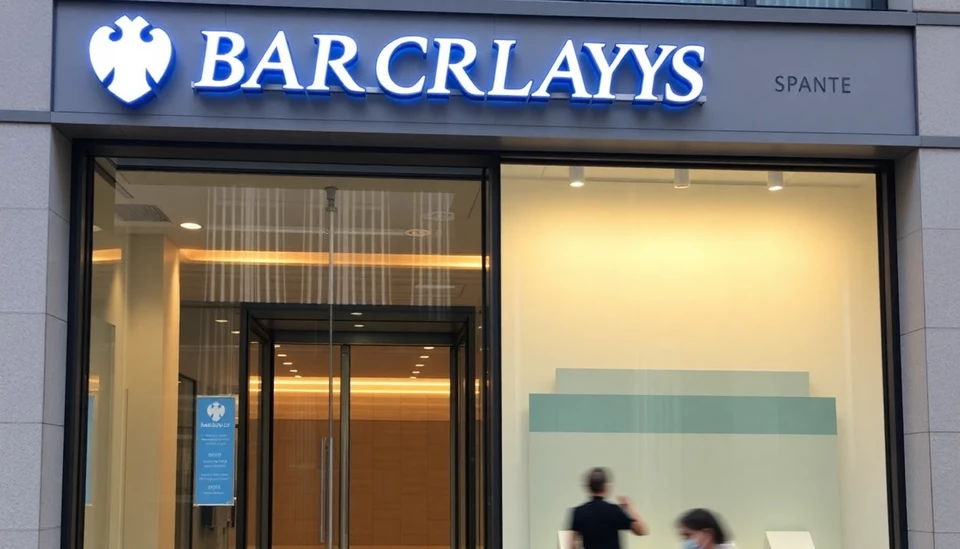
Barclays has recently reported a staggering $85 million in losses attributed to its leveraged finance division. This significant financial blow is primarily linked to a confluence of challenging market conditions and underperformance in various key transactions. The bank’s financial results have underscored the vulnerabilities surrounding its leverage lending portfolio, which has struggled amid rising interest rates and economic uncertainties.
The losses are particularly alarming as they reveal deeper issues within the bank’s strategy regarding high-risk loans. Analysts have noted that Barclays had previously been a strong player in the leveraged finance market, boasting a substantial portfolio of loans provided to private equity firms and other businesses seeking capital. However, as the macroeconomic landscape evolves, many of these loans have come under scrutiny, impacting the bank's overall performance.
In response to these developments, Barclays has indicated that it will be reviewing its risk management strategies to better navigate the volatile environment. The bank's leadership recognizes the necessity of recalibrating its approach to leveraged finance, especially as competition increases and clients become more discerning about their financing options.
Despite this setback, Barclays remains committed to maintaining a diversified revenue stream and is exploring new opportunities beyond traditional leveraged finance. The bank's strategy includes potential expansion into alternative financing methods and a renewed focus on sustainable lending, which aligns with broader market trends favoring environmentally and socially responsible investments.
Industry experts speculate that the rising trend of interest rates may continue to pose challenges for Barclays and similar institutions. As borrowers face higher costs of capital, there could be a ripple effect causing further defaults or restructuring in the leveraged finance space. Such dynamics could compel financial institutions to tighten their lending criteria, leading to an overall contraction in financing available for leveraged buyouts and mergers.
In the coming months, analysts will closely monitor Barclays’ performance as it attempts to rebound from this setback. Market players will be keen to see how the bank adjusts its strategy and whether it can effectively mitigate risks while exploring new avenues for growth. The broader financial sector will also be watching closely, given the interconnected nature of leveraged finance across global markets.
As economic conditions continue to evolve, Barclays' recent losses serve as a pointed reminder of the inherent risks within high-stakes lending. The bank’s ability to adapt to these changing dynamics will be vital for its long-term success.
In conclusion, while Barclays has experienced an $85 million setback in its leveraged finance book, the institution is poised to reassess its strategies in response to shifting market conditions and competition. Stakeholders will be eager to see how these changes unfold in an increasingly challenging financial landscape.
#Barclays #LeveragedFinance #FinancialLosses #MarketTrends #InvestmentStrategy #RiskManagement #FinancialNews
Author: Samuel Brooks




